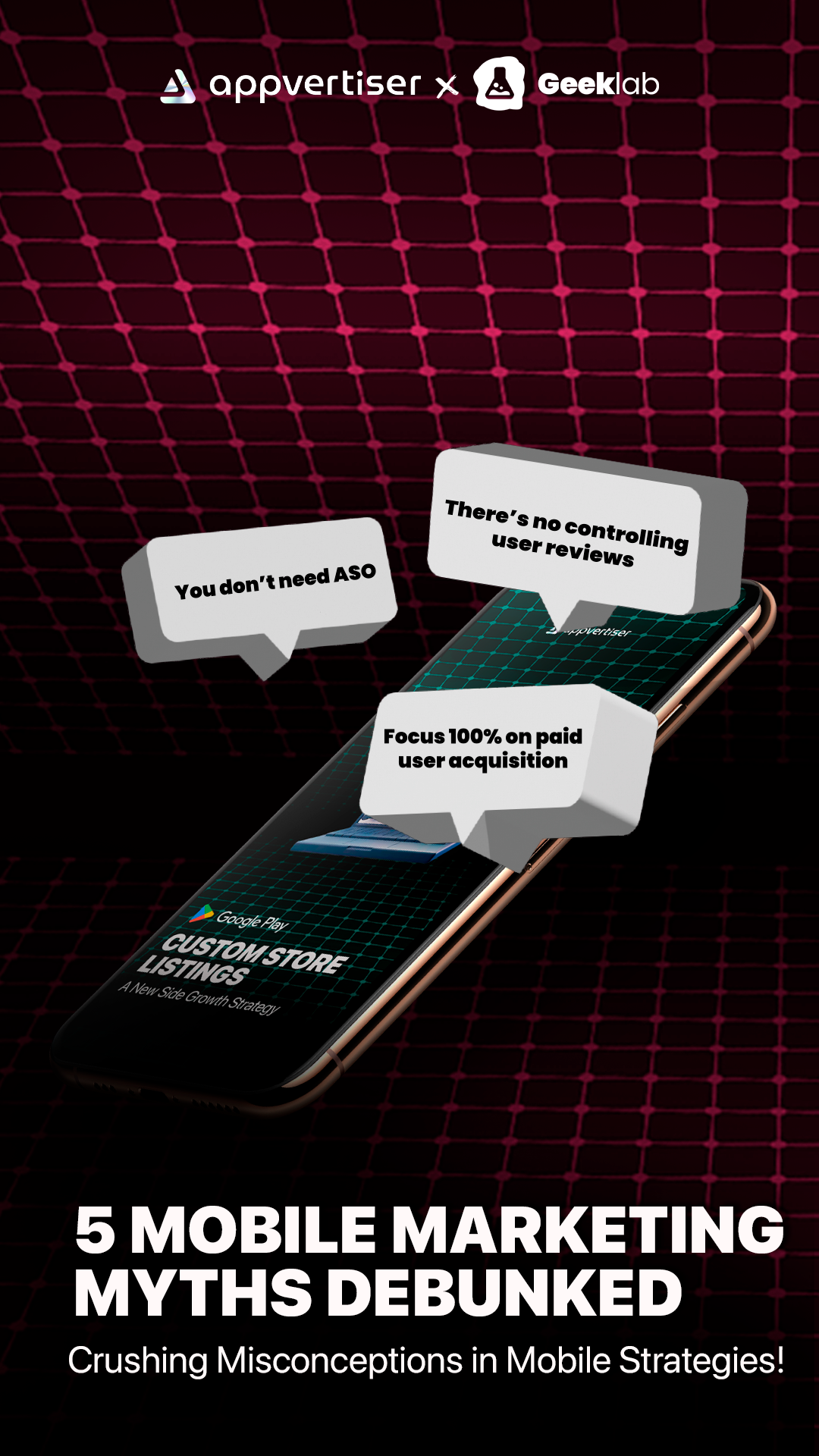
5 Mobile Marketing Myths Debunked



Find out what are Meta's new Unskippable Ads, and how this might affect your Instagram browsing!
A winning strategy often requires diversification: enter omnichannel app marketing
Let’s say you’re a startup that has recently launched an app and you’ve gone throu
Relax, we won’t bite and it’s free!
